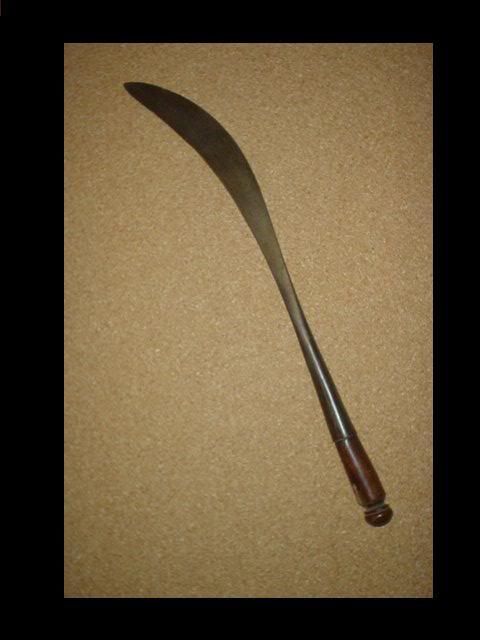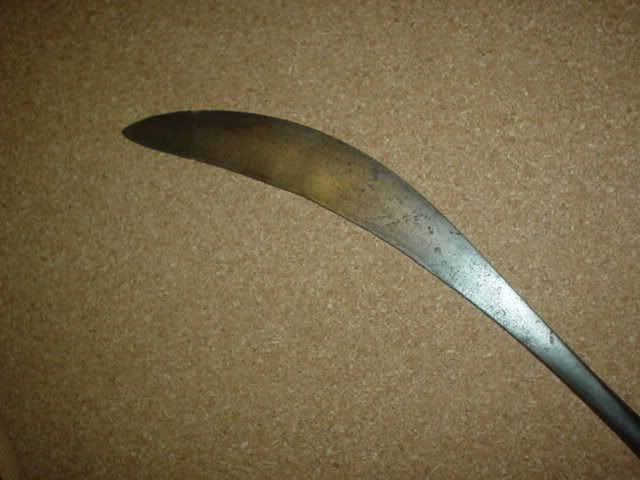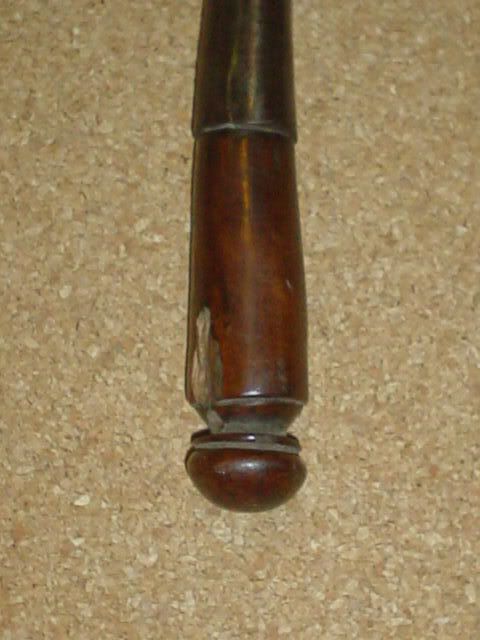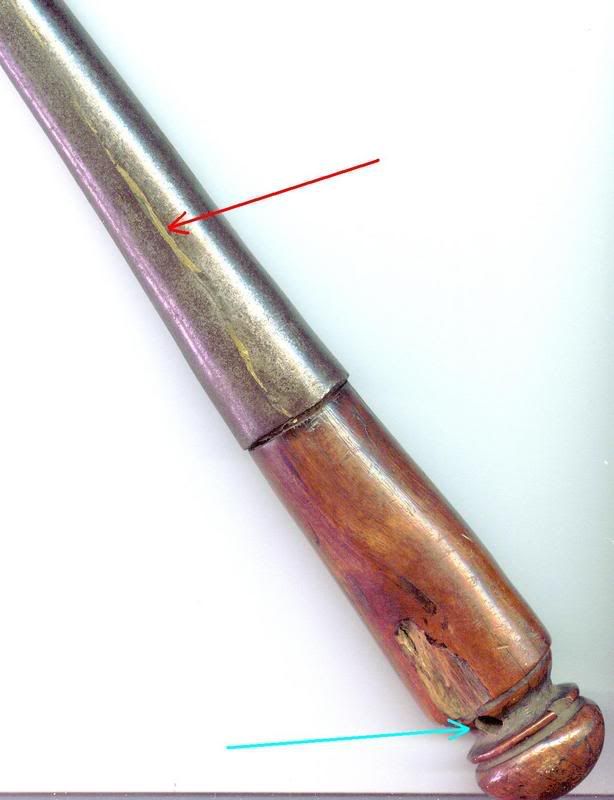
 |
|
|
#1 |
|
Member
Join Date: Dec 2004
Location: Sint-Amandsberg (near Ghent, Belgium)
Posts: 830
|
I bought this piece yesterday. I really have no idea what I found. It looked genuine, it's heavy and quite sharp. Some kind of sickle (weapon), I guess.
Total length is 64 cm, with a wooden handle measuring about 10 cm. The blade is very thick. Can anyone help ?    
|
|
|

|
|
|
#2 |
|
Member
Join Date: Dec 2004
Location: What is still UK
Posts: 5,925
|
It makes me think of Taiwan/Formosa.

|
|
|

|
|
|
#3 |
|
Member
Join Date: Sep 2005
Location: Ex-Taipei, Taiwan, now in Shanghai, China
Posts: 180
|
Hi
Tim, did you say Taiwan/Formosa ? Here I am  Well, if this knife was from Taiwan, it would be from the Atayal group whose swords are sharing a very similar shape. Most of the other tribes, mainly in the south of the island, use straight blades. So yours, Freddy, could be similar in the shape with the Atayal's ones, but it appears to me still very different in many points. My english not being good enough to explain these differences, I let you compare with the help of the pics I hereafter attached. These are my Atayal swords, out of their sheath. Judge by yourself ! Best, yuanzhumin |
|
|

|
|
|
#4 |
|
Member
Join Date: Dec 2004
Location: The Netherlands
Posts: 1,209
|
I would say malay. Just my first impression.
Don't think it is a weapon but a tool for harvesting. But a kitchen knife can be a mean weapon as well. |
|
|

|
|
|
#5 |
|
Member
Join Date: Nov 2004
Location: USA
Posts: 1,725
|
I like that! Interesting--looks like it is socketed? Is it tanged as well?
The turned handle looks fairly recent. I wouldn't expect a socketed blade to have such a short handle. Perhaps a pole-arm or longer agricultural tool re-handled? |
|
|

|
|
|
#6 |
|
Member
Join Date: Dec 2004
Location: Sint-Amandsberg (near Ghent, Belgium)
Posts: 830
|
I examined the piece and, as far as I can see, it has no tang. The blade is socketed. I guess the handle is much longer than can be seen. I also think the handle is much older than it looks on a picture. There's a hole drilled in the lower part, probably for a cord
I took a scan of the handle and the lower part of the blade. The red arrow shows the 'seam' of the socket. The blue arrow shows the hole in the handle. I'm still trying to find out where the piece comes from. Could it be a celurit ? 
|
|
|

|
|
|
#7 |
|
Member
Join Date: Jan 2007
Posts: 803
|
If it had a handle maybe 2 1/2 feet long, I'd have said it was a 'switching slasher'
If it Was one of these, they were used for trimming hedges and such like on farms. most had forward curving blades, some curved opposite way. I'm not saying it Is a slasher,.........but it Would work awfully well as one! (I've cut miles of hedges with a similar tool!) I think it is very functional and elegant. |
|
|

|
|
|
#8 |
|
Member
Join Date: Jul 2005
Location: Toronto, Canada
Posts: 1,242
|
Here is something similar: http://cgi.ebay.ca/ws/eBayISAPI.dll?...5147&rd=1&rd=1
and some searches on "clurit" reveal Madurese provenance. Emanuel |
|
|

|
 |
|
|